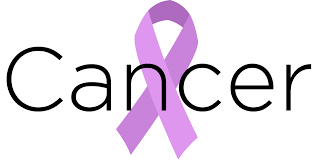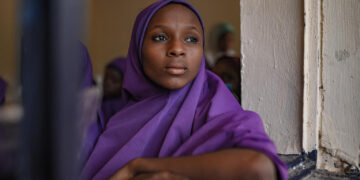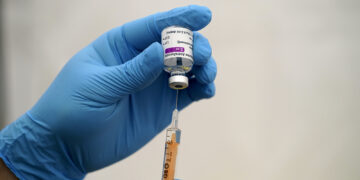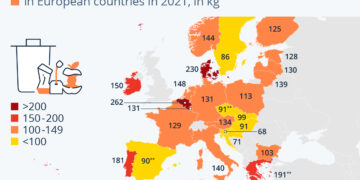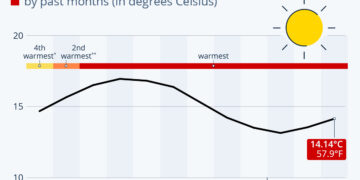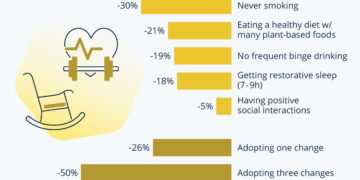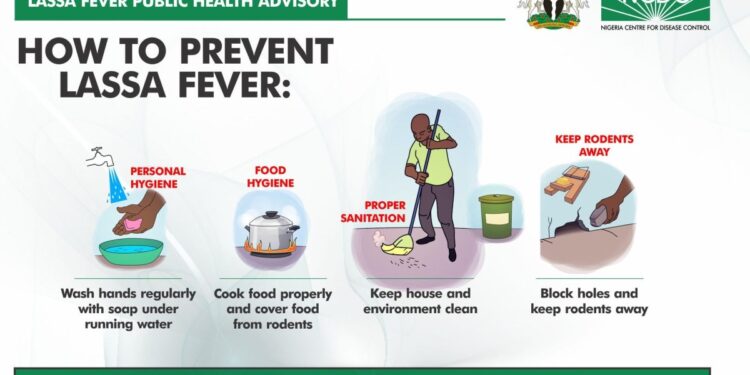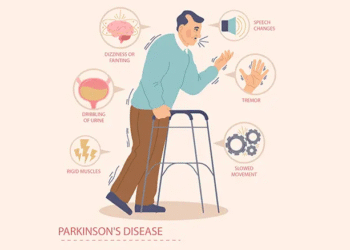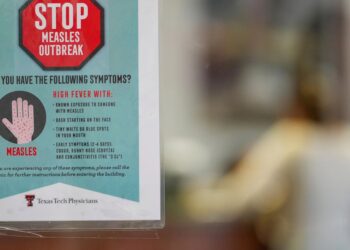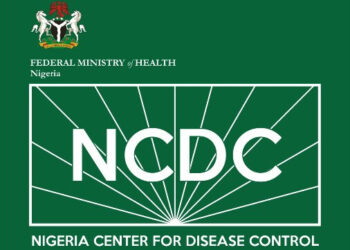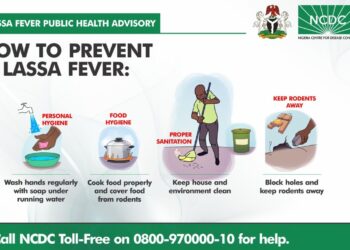Lassa fever continues to pose a significant public health threat in Nigeria, with alarming figures recorded in the first quarter of 2025. Between January and March, the Nigeria Centre for Disease Control and Prevention (NCDC) reported 3,465 suspected cases across 91 Local Government Areas in 33 states. Of these, 645 cases were confirmed, and tragically, 118 lives were lost, resulting in a Case Fatality Rate (CFR) of 18.3%.
Healthcare workers have also been severely impacted, with 20 infections recorded across Ondo, Bauchi, Edo, Taraba, Ebonyi, Gombe, Benue, and Ogun states. This highlights the critical need for stringent infection prevention measures within medical facilities.
Strengthening the Response
In response to the outbreak, the NCDC deployed Rapid Response Teams (RRTs) to 10 states—Kogi, Plateau, Ondo, Edo, Bauchi, Ebonyi, Taraba, Benue, Gombe, and Nasarawa. Due to the evolving nature of the outbreak, additional deployment extensions were made in Edo and Taraba states.
To enhance coordination, the NCDC has activated the Lassa Fever National Emergency Operations Centre (LF-EOC) at Response Level 2. This move aims to improve synergy among all stakeholders, including federal and state governments, local authorities, and developmental partners. Additionally, the agency has distributed essential medical supplies such as personal protective equipment (PPEs) and treatment medications to affected states. State-specific advisories have also been issued to guide prevention and control efforts.
Challenges Hindering Effective Response
Despite proactive measures, several obstacles continue to hamper response efforts. Weak surveillance at the community level delays early detection, and insufficient financial and human resources impact the effectiveness of treatment, contact tracing, and active case searches. Many treatment centers are also grappling with workforce shortages, further straining the healthcare system.
Moreover, a troubling trend is the delay in seeking medical attention. Many individuals resort to self-medication and unproven traditional remedies, which not only prove ineffective but also increase the risk of further spread.
A Call for Collective Action
NCDC Director General, Dr. Jide Idris, has urged state governments to support the cost of treatment for Lassa fever patients. He also emphasized the need for private sector involvement in ensuring a steady supply of medical essentials and promoting public health awareness.
“Preventing Lassa fever is a collective responsibility. While NCDC and state governments lead the response, every Nigerian has a role to play in reducing the spread of the virus,” Dr. Idris stated.
Healthcare workers are reminded to consistently apply infection prevention and control (IPC) measures and maintain a high level of suspicion for Lassa fever, especially in endemic areas.
Staying Safe: What You Can Do
Preventing Lassa fever starts with proactive hygiene practices. Citizens are encouraged to:
- Maintain clean environments to prevent rat infestations.
- Store food properly and cover all utensils.
- Seek immediate medical attention if symptoms arise.
The fight against Lassa fever is ongoing, and with timely intervention, coordinated efforts, and public cooperation, Nigeria can significantly curb the spread of this deadly disease.



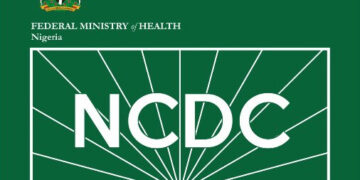
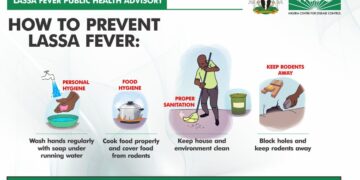

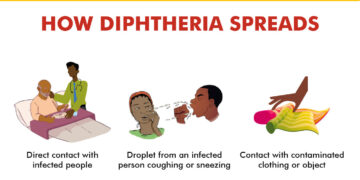





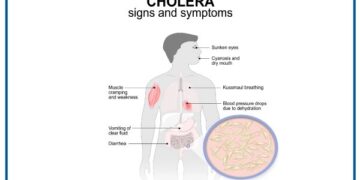
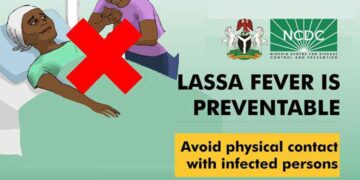
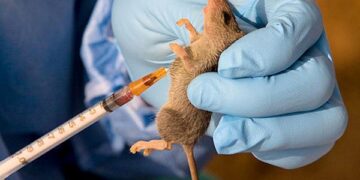



![Antimicrobial Resistance [AMR] in Hausa](https://healthtoday.com.ng/wp-content/uploads/2024/02/antimicrobial-resistance-AMR--360x180.jpeg)

